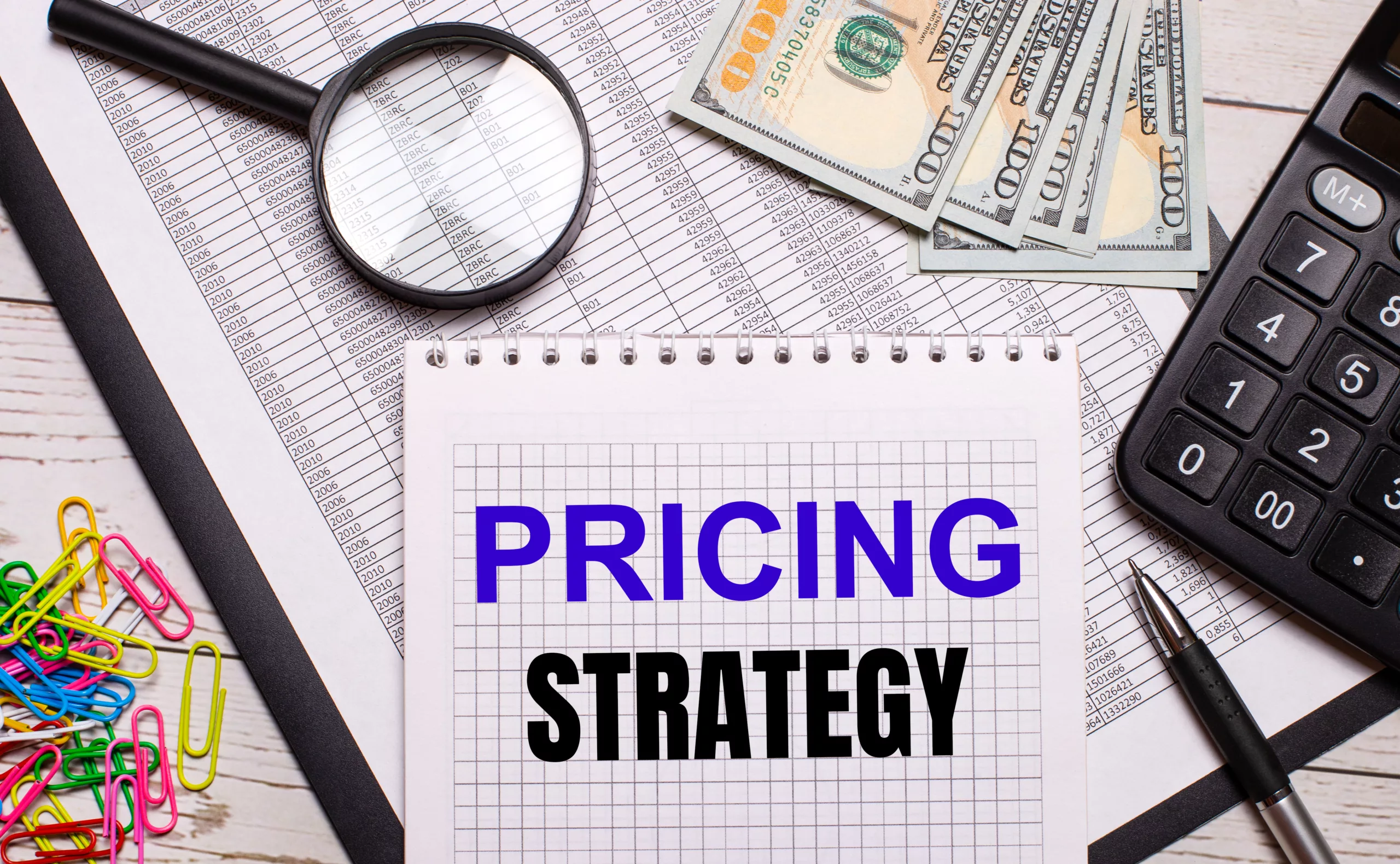Navigating the Pricing Maze on Amazon
Welcome, fellow Amazon entrepreneurs! Navigating the intricacies of Amazon private label pricing can feel like a dance on a tightrope. Set the price too high, and customers might not join the party; set it too low, and you risk a downward spiral. Fear not, for we’ve compiled a step-by-step guide based on expert advice and real-world strategies to help you find the perfect rhythm for your Amazon private label pricing. Let the pricing dance begin!
1. Understand Your Profit Margin
Embarking on the journey of Amazon pricing requires a solid grasp of profit margins. Profit margins are like the guiding stars, essential for every business’s survival. Before diving into the complexities of online selling, sellers need to understand the basics of calculating profit margins.
Profit margin is calculated using a simple formula:
((Sales – Total Expenses) / Revenue) * 100
This formula is like a map, helping sellers navigate through the intricacies of revenue, sales, and expenses. It’s a fundamental tool for making wise financial decisions.
The “Rule of Three”: Simple Financial Wisdom
The “Rule of Three” is a practical guideline. It suggests dividing the sale into three parts: one-third for fees, one-third for landed costs, and the final third as profit. For example, if a product is priced at $30, applying this rule gives a profit margin of 33%.
Profit Margin = (($30−Total Expenses)/ $30) × 100 = 33%
This rule ensures a balanced distribution of financial resources, making financial decisions simpler.
Aim for a profit margin between 25% and 30%: This range ensures a healthy balance between what you earn and what you spend. It’s like a sweet spot for a stable business.
Calculate all expenses, including COGS, Amazon fees, FBA fees, PPC costs, and others: Consider all financial aspects, like the cost of goods sold, Amazon fees, fulfillment costs, advertising costs, and more.
The “Rule of Three” provides a practical estimate for profit margin: This rule simplifies the understanding of fees, costs, and profit. It’s a straightforward guide for maintaining a profitable business.
In the journey of Amazon pricing, profit margins act as guiding stars. By understanding these basics, sellers can navigate through the financial complexities for a successful and sustainable business.
2. Analyze Potential Products for Profitability, Demand, and Competition
Establishing price boundaries requires meticulous calculations, factoring in sourcing costs and competitor analysis. Tools like the Jungle Scout Extension offer invaluable insights into average sale prices within a specific product niche, empowering sellers to make informed decisions.
3. Price Competitively
Building a private label brand’s identity hinges on delivering value through high-quality products at reasonable prices. Initially pricing new products slightly lower than competitors can serve as a strategic approach, fostering early traction and reviews.
4. Differentiate Your Product
To command higher prices than competitors, sellers must differentiate their products by offering superior features, benefits, or materials. Analyzing customer reviews for competitors’ products reveals pain points that can be addressed in the seller’s product, justifying a premium.
5. A/B Test Different Prices
Implementing A/B testing, or split testing, involves listing a product at two different prices for a set duration and analyzing performance to make informed pricing decisions. This data-driven approach allows for continuous optimization of pricing strategies.
6. Price Above Amazon’s Free Shipping Minimum
Setting product prices just above $25 ensures free shipping for non-Prime customers, potentially increasing conversion rates. Balancing product pricing to include shipping costs for non-Prime members can enhance overall conversion rates strategically.
7. Use Charm Pricing
Charm pricing or Psychological Pricing, employing prices like $19.99 instead of $20, influences customer perceptions and can lead to increased conversions, especially for impulse purchases. Sellers can utilize A/B testing to experiment with different price endings (.99, .95, .90) to identify the most effective pricing strategy for their products.
8. Set a Business Price
Leveraging Amazon Business allows sellers to set special prices for registered business buyers, providing an avenue for bulk discounts and encouraging larger orders. The process involves accessing the “Manage Inventory” section in Seller Central and configuring business prices and quantity discounts.
9. Provide Discounts Using Coupons
Strategically adding coupons to new listings can stimulate initial sales by featuring eye-catching offers beneath the product price. Raising the base price slightly and offering a coupon can create perceived value without excessive discounting. Utilizing Seller Central’s coupon feature, sellers can choose between money-off or percentage-off discounts, enhancing their listings’ visibility and click-through rates.
Adapting to the Dynamic Amazon Landscape
Embarking on the journey of Amazon private label pricing demands a blend of strategy, adaptability, and continuous optimization. As the Amazon landscape evolves, sellers must remain agile, using data-driven insights to steer their pricing strategies toward profitability and success.







